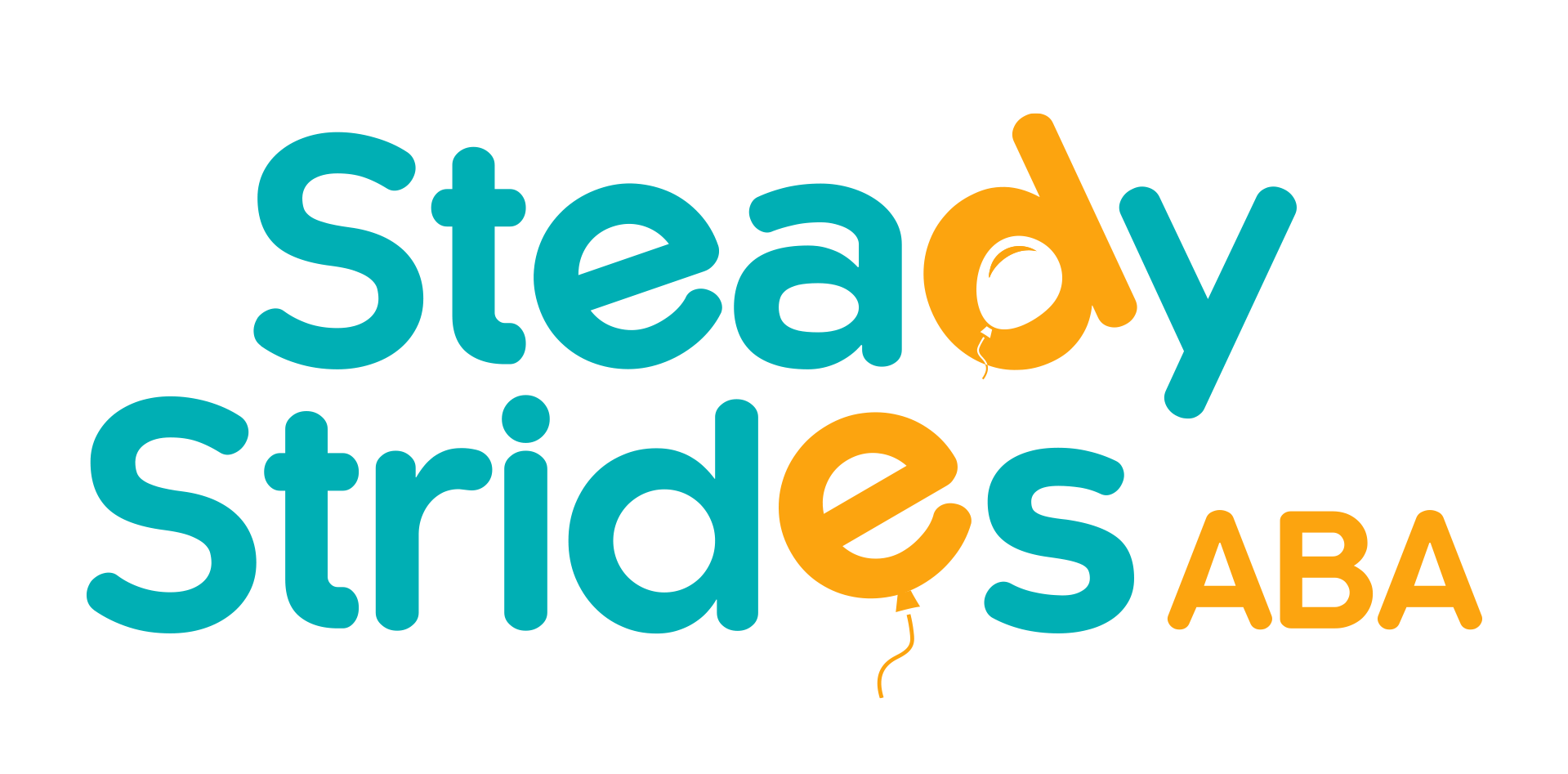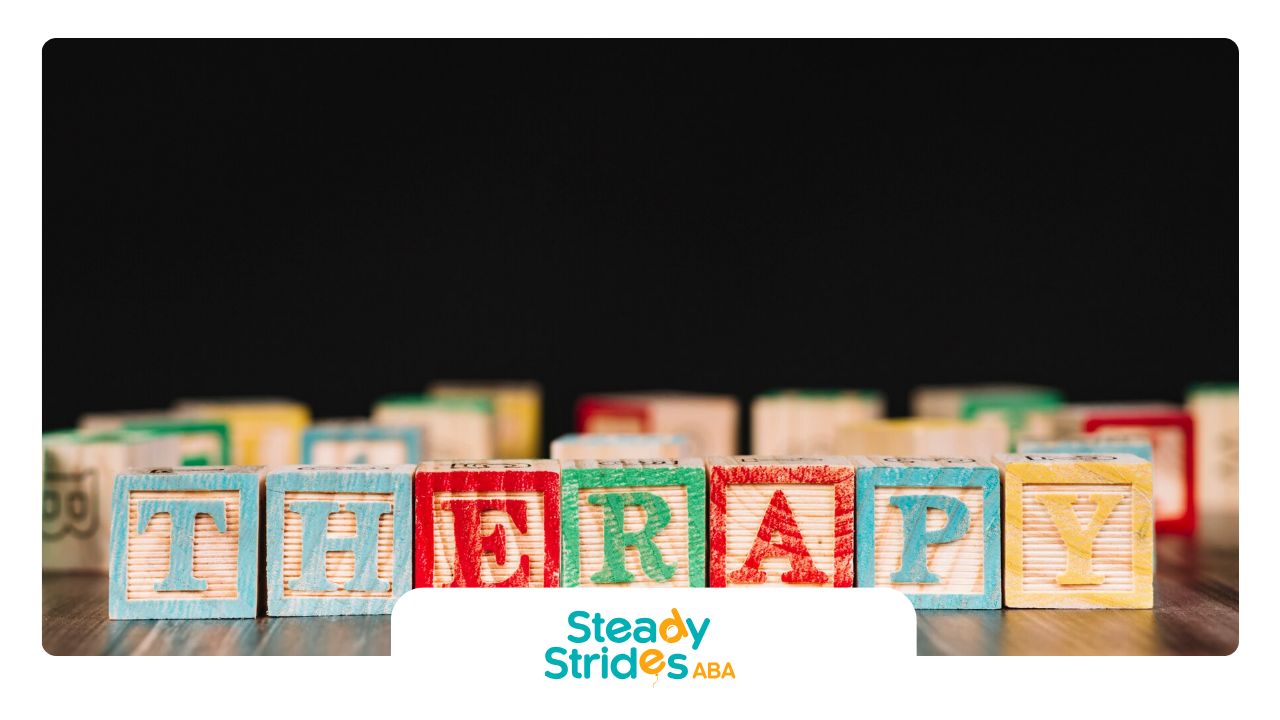Introduction
In the field of Applied Behavior Analysis (ABA), data collection is essential for tracking progress, identifying behavior patterns, and making data-driven decisions to improve interventions. One of the most widely used tools for collecting and recording behavior data is the ABC Data Sheet.
If you’re a parent, educator, ABA therapist, or school personnel working with children with Autism Spectrum Disorder (ASD) and related conditions in Texas, understanding how to use an ABC data sheet is crucial for improving your interventions and providing effective support. This article will explore the ABC data sheet, its components, how to use it, and why it’s important in understanding behavior.
What Is an ABC Data Sheet?
An ABC Data Sheet is a tool used in behavior analysis to record and track the Antecedent, Behavior, and Consequence of specific actions. These three components provide valuable insight into a child’s behavior, the triggers that lead to the behavior, and the consequences that reinforce or discourage it.
Components of the ABC Data Sheet
1. A - Antecedent: This refers to what happens before the behavior. It includes the events, conditions, or situations that trigger or precede the behavior.
2. B - Behavior: This is the target behavior that you want to track. It is the specific action that occurs in response to the antecedent.
3. C - Consequence: This refers to what happens after the behavior. It includes the reactions or outcomes that follow the behavior, which can either reinforce or discourage it.
Why Is the ABC Data Sheet Important?
The ABC data sheet plays a vital role in understanding and analyzing behavior. It helps ABA therapists and other professionals gain a deeper understanding of why certain behaviors occur and how they can be modified.
Key Benefits of Using an ABC Data Sheet
1. Helps Identify Triggers for Behavior
By tracking the antecedents of a behavior, you can identify what events or conditions trigger the behavior. This information is crucial for developing effective behavior interventions that target these triggers and help prevent or reduce the behavior.
2. Provides Insight into Behavior Patterns
The behavior itself can vary in different situations. By tracking behavior over time, an ABC data sheet helps identify patterns and consistency in behavior. It allows professionals to analyze how often the behavior occurs and in what contexts, which is key to understanding the child’s needs.
3. Shows the Impact of Consequences
The consequences following a behavior can either increase or decrease the likelihood of that behavior happening again. The ABC data sheet helps determine whether the consequences are reinforcing the behavior, allowing for modifications in interventions and strategies.
4. Informs Decision-Making and Interventions
Using ABC data sheets allows behavior analysts and therapists to make data-driven decisions. With detailed information about antecedents, behaviors, and consequences, they can create targeted interventions that address the root cause of the behavior, rather than just the behavior itself.
How to Use an ABC Data Sheet
Using an ABC data sheet requires consistency and accuracy. Here’s how you can properly collect and use data to track behaviors:
Step 1: Define the Target Behavior
Before using the ABC data sheet, define the target behavior clearly. The behavior should be observable, measurable, and specific. For example, rather than just noting “aggression,” you might specify “hitting another person with an open hand.”
Example of Target Behavior:
• Target Behavior: “Throwing objects during transitions”
• Definition: “Throwing any object, whether it’s a toy, book, or piece of paper, during the transition between activities.”
Step 2: Record the Antecedent
Next, record what happens right before the behavior occurs. Ask yourself:
• What event or situation triggered the behavior?
• Was the child asked to do something they didn’t want to do?
• Was there a change in routine or environment?
Example of Antecedent:
• Antecedent: “Transition from free play to table work.”
Step 3: Record the Behavior
After identifying the antecedent, track the behavior itself. Be as specific and objective as possible. Record the frequency, intensity, or duration of the behavior if applicable.
Example of Behavior:
• Behavior: “Child throws a toy across the room.”
Step 4: Record the Consequence
Finally, document what happens immediately after the behavior. This could include:
• A verbal response (e.g., praising, reprimanding).
• A physical reaction (e.g., removal of a toy, an offer of a preferred item).
• A change in the environment (e.g., removal of a task, change in routine).
Example of Consequence:
• Consequence: “Staff member offers a break or another preferred activity after the behavior.”
Tips for Effectively Using an ABC Data Sheet
To ensure that your data collection is effective and meaningful, here are some tips for using an ABC data sheet:
1. Be Consistent
Consistency is key when collecting data. Every instance of the behavior should be recorded in a consistent manner. This ensures that the data is reliable and can be used to inform decision-making.
2. Include Specific Details
Make sure to include as many specific details as possible. Record the time, setting, and individuals involved in each instance. This helps create a clear picture of the context in which the behavior occurs.
3. Collect Data Over Time
Tracking behavior over an extended period allows you to identify trends and patterns. It’s important to collect data consistently across several sessions or days to get an accurate assessment of the behavior.
4. Use the Data for Goal Setting
Once you have enough data, analyze it to identify patterns and make decisions. Use the data to set realistic goals for behavior change, whether it’s reducing the frequency of the behavior or teaching an alternative, more appropriate behavior.
When Should an ABC Data Sheet Be Used?
ABC data sheets should be used when:
• Tracking new or concerning behaviors: If a new behavior has emerged or there is a significant increase in an existing behavior, the ABC data sheet can help identify potential triggers and patterns.
• Assessing behavior interventions: After implementing a behavior intervention plan (BIP), the ABC data sheet can be used to assess its effectiveness and make necessary adjustments.
• Building behavior programs: Use the ABC data sheet as a tool to inform and guide your behavior intervention programs by collecting accurate data.
ABC Data Sheet in the Context of ABA Therapy
In ABA therapy, using an ABC data sheet is fundamental to understanding and modifying behavior. It allows behavior analysts to:
• Assess the effectiveness of interventions.
• Identify the functional analysis of behavior.
• Plan for behavior modification or teaching strategies.
Conclusion
The ABC Data Sheet is an essential tool in the world of Applied Behavior Analysis (ABA). It provides a structured and systematic way to track behaviors, understand the antecedents and consequences, and ultimately create effective interventions. For parents, educators, and ABA professionals in Texas, using an ABC data sheet is a powerful way to gather information about behavior and guide decision-making for better outcomes for children with Autism Spectrum Disorder (ASD) and related conditions.
By utilizing the ABC data sheet consistently and correctly, you can gain valuable insights into behavior patterns and develop targeted interventions to promote positive behavior change.
Frequently Asked Questions
What is the ABC Data Sheet used for in ABA therapy?
The ABC data sheet is used in ABA therapy to collect detailed data on Antecedents, Behaviors, and Consequences. This helps behavior analysts understand behavior patterns, identify triggers, and create effective interventions.
How do you write an ABC Data Sheet?
To write an ABC Data Sheet, you need to document the Antecedent (what happens before the behavior), the Behavior(the specific action), and the Consequence (what happens after the behavior). Be detailed and consistent to ensure reliable data collection.
How often should you use an ABC Data Sheet?
The ABC data sheet should be used whenever there is a need to assess a behavior, especially if it’s a new or concerning behavior. It’s also used to track the progress of interventions over time to ensure the behavior plan is effective.
SOURCES:
https://howtoaba.com/using-an-abc-data-sheet/
https://www.betterhelp.com/advice/behavior/understanding-the-antecedent-behavior-consequence-model/
https://therapybrands.com/blog/the-fundamentals-of-abc-data-collection/
https://theautismhelper.com/take-great-abc-data/
https://childmind.org/article/what-is-a-behavior-intervention-plan/












